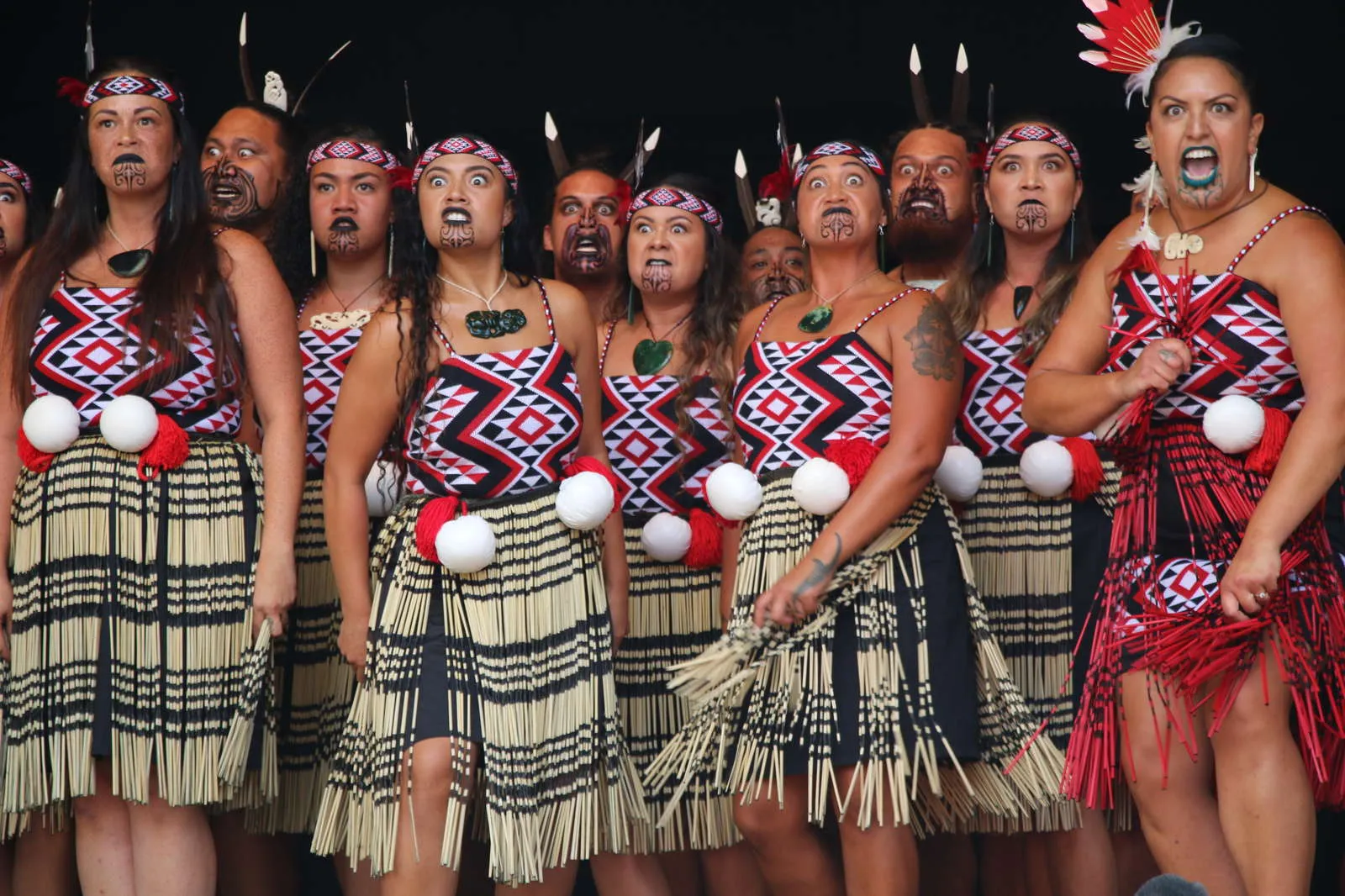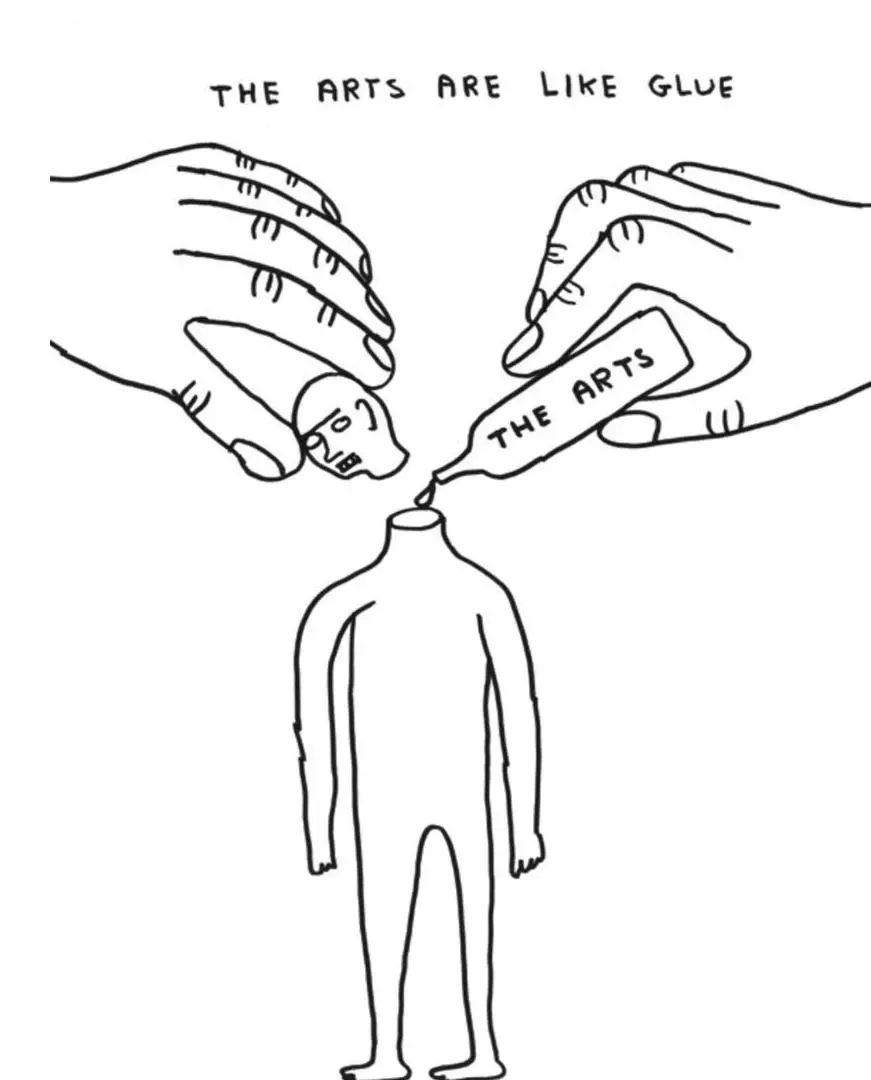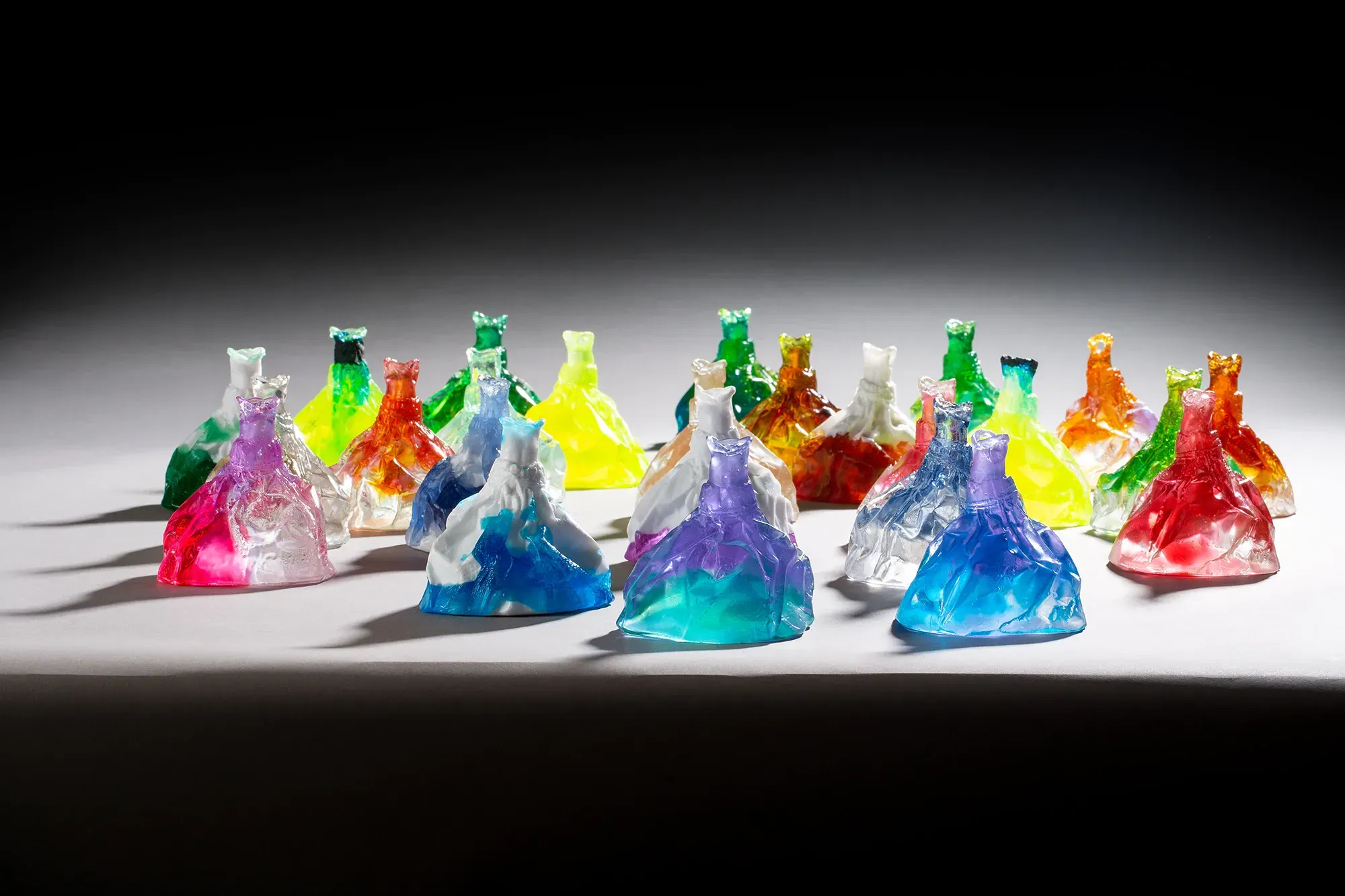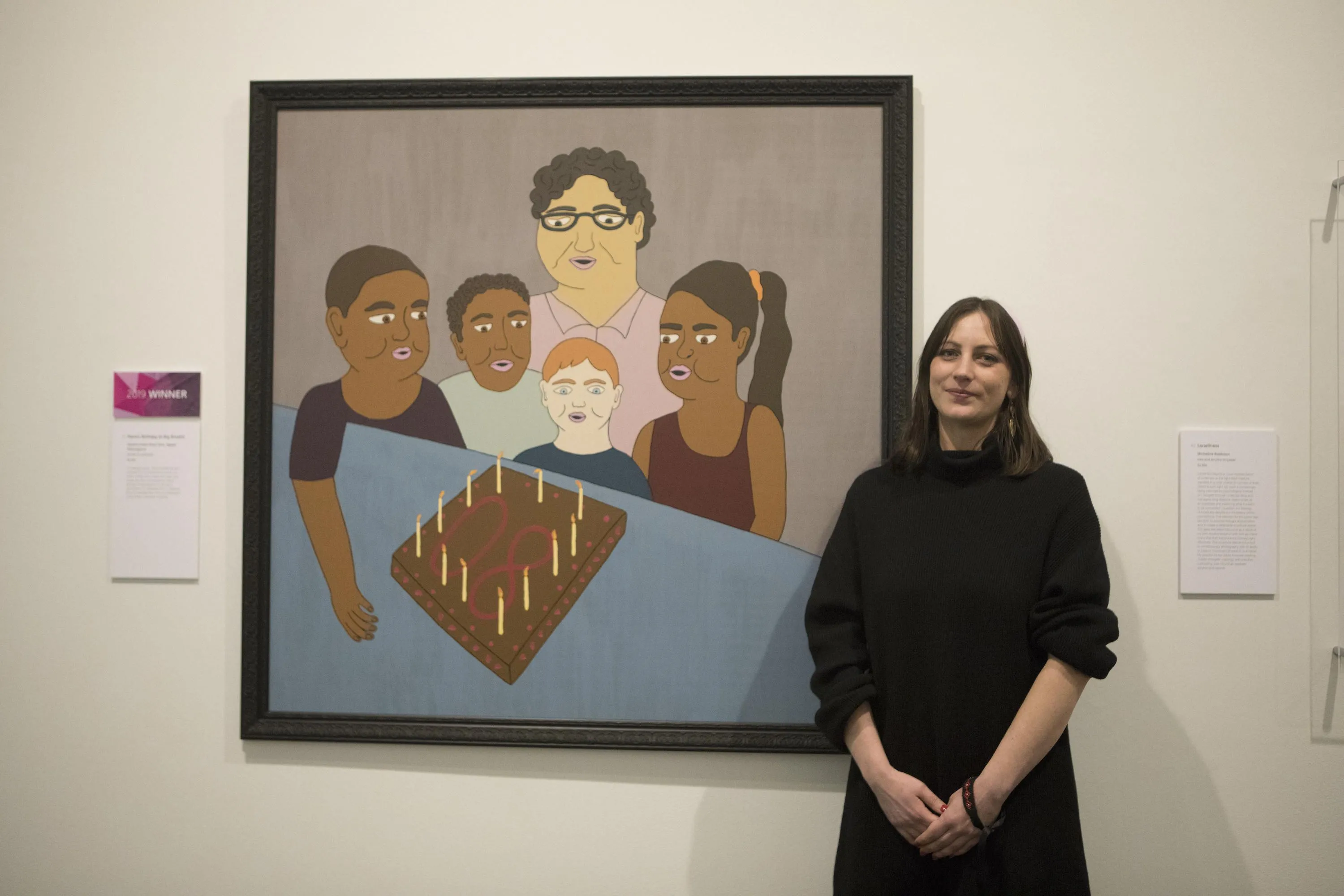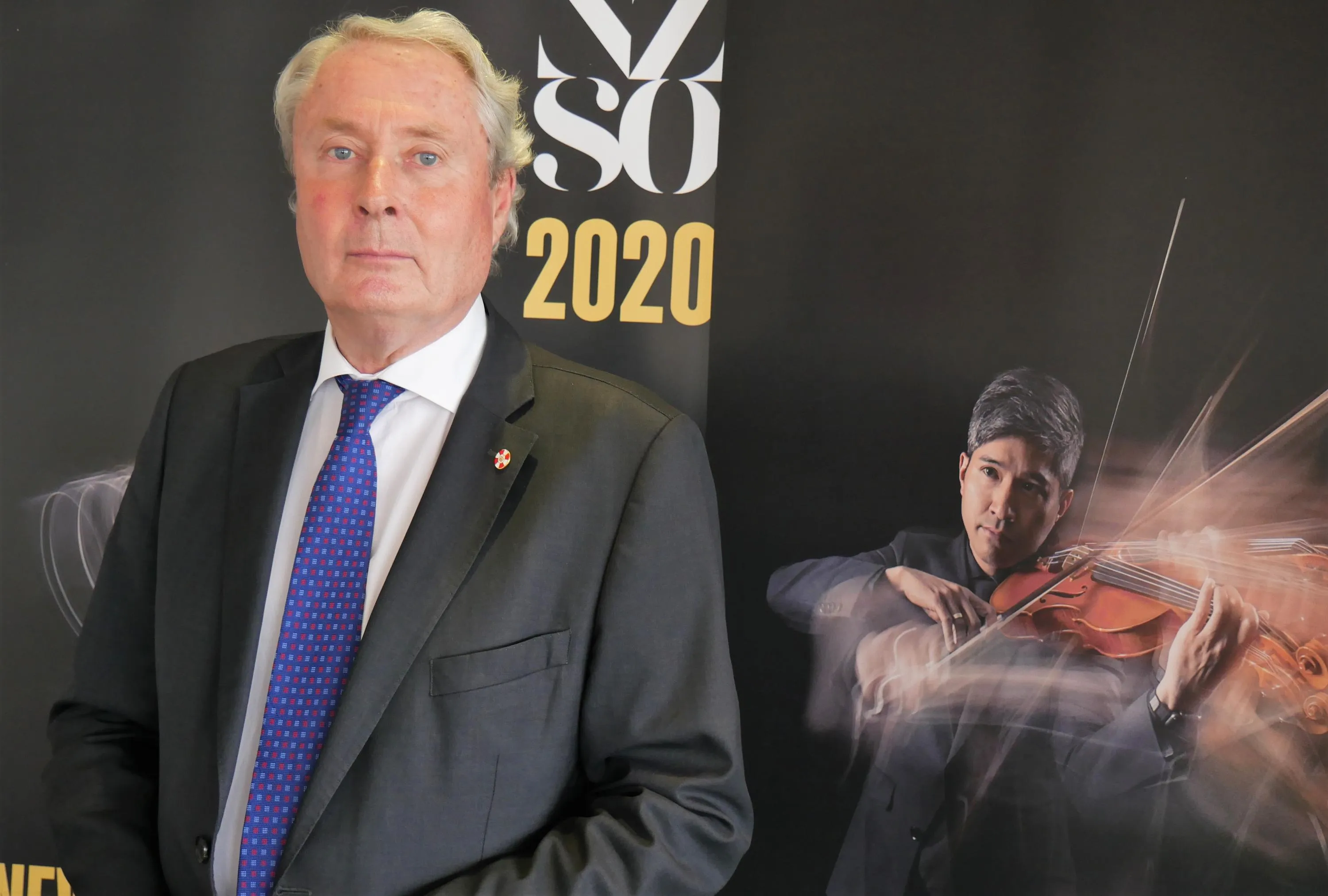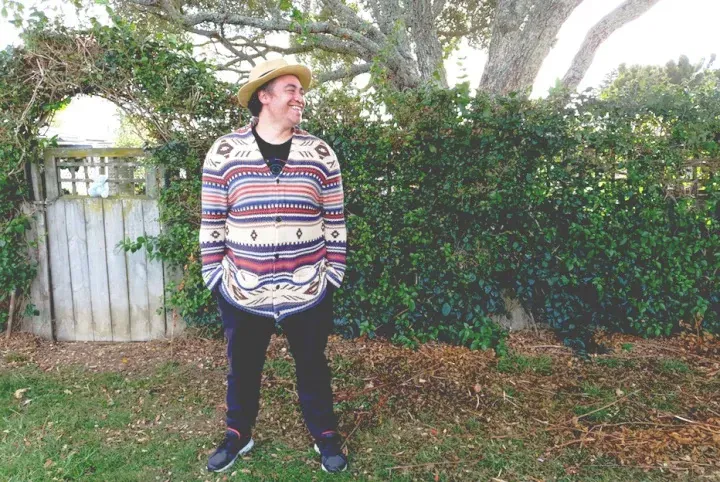Arts Need to Lead Change
Written by

The Great Realisation?
Arts workers should be watching today’s budget announcement closely.
It’s widely felt that with this government, there’s been a lot of talk of the importance of art but without a vision and the resourcing to see its potential taken up more widely.
“The arts should be at the centre of our revitalisation,’ said Prime Minister Jacinda Ardern at the announcement of the winners at the Ockham New Zealand Book Awards on Tuesday night. Well, we shall see.
The arts have been hit hard by COVID-19. The performing arts have been lobbying for a doubling of Creative New Zealand’s funding, and this week the ‘events industry’ submitted a proposal to the Minister for Economic Development Phil Twyford (read here), after he agreed last week to champion the events sector.
Under today’s Level Two shift, galleries can reopen (see later in this Lowdown for some big regional differences in when) but the government have given theatres the stoner option: “spaced out” attendance in our venues, severely limiting attendance in already undersized theatres. Could our venue presenters make it affordable to open up our bigger venues to be used efficiently by all the performing arts?
Naturally, there are huge economic arguments to be made for arts investment. But as lockdown eases, what we are not hearing in the media is the fundamental value of arts and culture at this specific time. The way it binds us as people - as communities - and gives us creative agency and energy for change as citizens.
You may, after time in your bubble, be reevaluating that work/life balance and be asking how are we doing in valuing life beyond economic measures.
As we come back together as a society, culture is not only one of our most important glues, it’s vital in empowering us, as makers and as participants, rather than consumers. Making us rethink what we want to change, exploring different histories, disciplines and perspectives. As it was after the Second World War, it’s a time for the arts to get busy; and for us to commission artists at every level, to involve them in every facet of our lives so that they, in turn, encourage our own creativity.
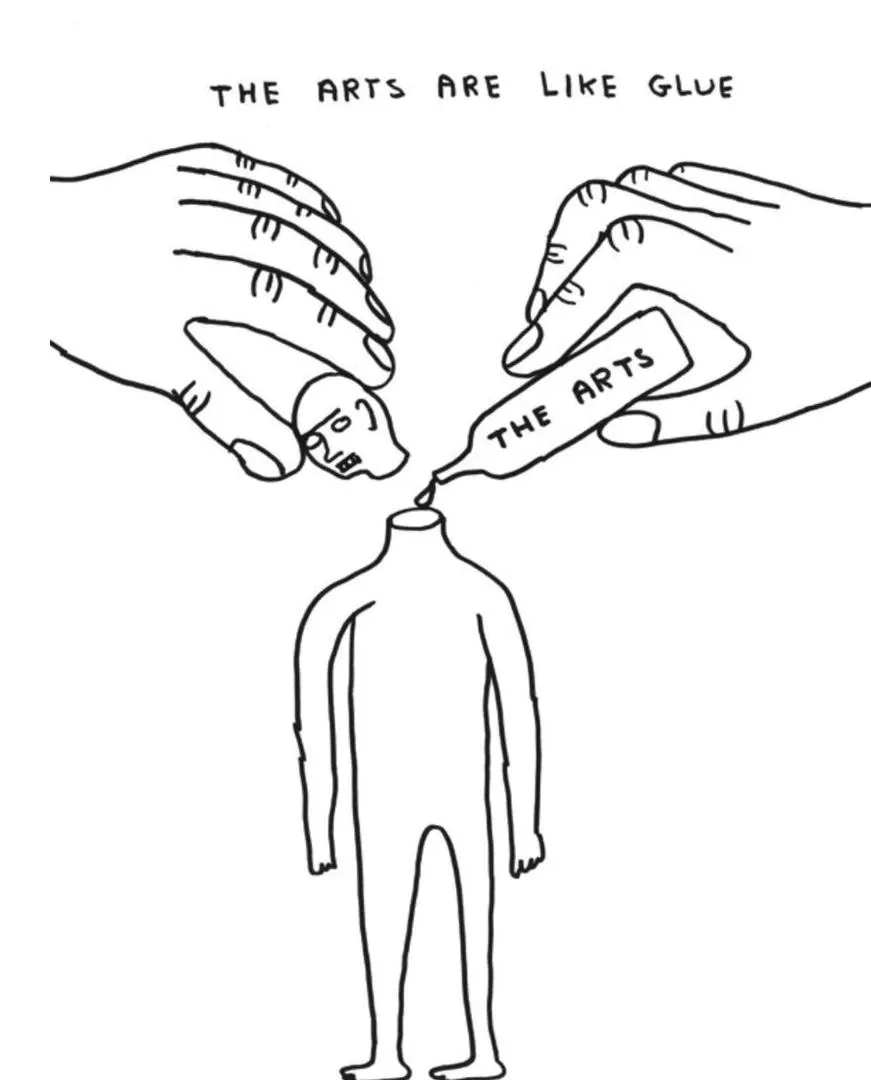
There’s no lack of evidence of love of the arts. This filmed poem ‘The Great Realisation’ by Kiwi-born poet Tomos Roberts has, RNZ tells us, been watched by millions. Yet when we come to appreciate what is happening at the ‘high end’, in the fine arts, the media does not - as it does with professional sport - step in to commentate on its nuances.
Take the Walters Art Prize 2020 nominees as examples, our most significant contemporary art prize. For years Fiona Amundsen’s work has focussed on American and Japanese involvement in the Asia Pacific region during the Second World War, as a way to help us rethink our perspectives on history and each other across this space. Mata Aho Collective reorient us, away from the Western idea of single authorship, to complex concepts of collective creation, already fundamental to mātauranga Māori. Sonya Lacey playfully brings alive different histories of print media culture and information systems, at a time when these are changing radically. Sriwhana Spong explores languages across cultures and histories, using different artistic media to empower us by looking at the work of medieval mystic women excluded from the places of learning in their time. All these artists, women of diverse background, open up and question accepted histories and perspectives in ways that offer us new ways forward.
How we value the arts in society is directly related to how we value the arts in the classroom. Currently many in the arts education area are equally dismayed at a lack of action and vision by government in resourcing the arts curriculum. This in a country which has the proudest of post-war arts education legacies under Beeby and Tovey.
Last week the NZ Herald argued for greater arts education in schools beyond dance groups, school productions and music lessons. School principals, writes Dionne Christian, want to "bring the arts back" into classrooms.
In a post COVID-19 society, education needs to be different to meet the needs of students facing greater uncertainty, with the arts better integrated with other subjects and parts of the curriculum.
“In a world where alternative facts and fake news abound,” Christian writes of Perry Rush’s thoughts, “the importance of the skills the arts teach - critical thinking, problem-solving, creativity, insight and empathy, among them - is self-evident.”
A group of Auckland-based arts organisations (coordinated by Te Taumata Toi-ā-Iwi, formerly Arts Regional Trust) have been working over the last six months on an arts advocacy agenda. Watch this space for updates. Issues they would like to see addressed include:
-
create a ngā toi (arts) advisory group within the Prime Minister’s Office
-
review the structures that shape ngā toi delivery
-
develop a national strategy to embed ngā toi across government policies and departments
-
invest in ngā toi as a vital contributor to wellbeing,
-
resource culture, creativity and arts in schools “as the building blocks of a more inclusive, creative, just and prosperous Aotearoa”
-
improve collective understanding of the role and contribution of ngā toi to wellbeing and the economy, and address data and knowledge gaps.
Meanwhile, nine arts education academics and leaders have collaborated on a significant new online resource to help teachers teach the arts as they return back to school under level two: Te Rito Toi. It has been created under the auspices of the University of Auckland where, Peter O’Connor tells me, it had received over 80,000 page views in its first week. O’Connor says the resource is a response to frustrations over the lack of action by the Ministry of Education in arts education. Here’s a media release up on Scoop.
‘Te Matazini’?!
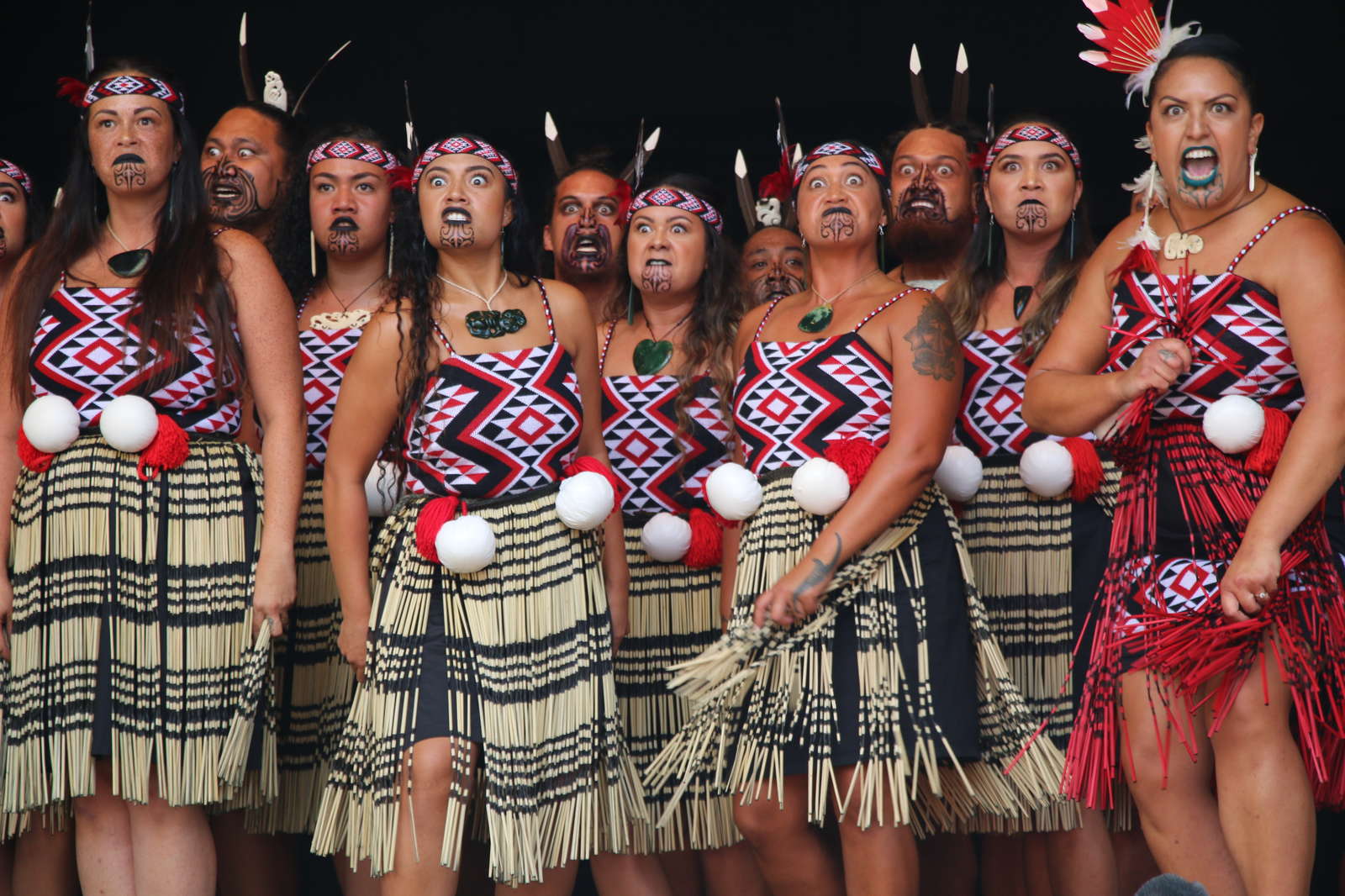
Te Matatini champions Ngā Tūmanako. Photo: Aotearoa Kapa Haka Ltd.
Lockdown has seen New Zealanders restricted to small, nuclear family-sized bubbles. This is not how Māori whānau usually work.
The future for Māori hui and activity based on large gatherings is an interesting one, and is looked at in some depth in conversation by Mihingarangi Forbes in this feature on Newshub’s The Hui. As Forbes reflects, kapa haka is an enormous part of how Māori come together. Amomai Pihama is one of those she speaks to, a former member of current Te Matatini champions Ngā Tūmanako, who questions how the wairua of Māori events may be maintained online (*in what is getting dubbed ‘Matazini’, Matatini by Zoom).
In last week’s Lowdown we asked how the big performing arts companies were dealing with lockdown. We didn’t catch up on what is our biggest performing arts event - Te Matatini. The event is biannual, so not set to occur again until next February but the build-up is year-round involving tens of thousands. As Forbes reports, COVID-19 has seen school kapa haka competitions cancelled and some regional competitions postponed.
The effect on the massive four-day event set for Auckland next year remains unclear with discussion in this item about how, like major sporting events, it could be televised to ensure the protection of the most vulnerable, like kaumātua.
At the same time, there is evidence aplenty of Māori artists thriving on digital platforms during lockdown right now. Among them here at The Big Idea, Derek Lardelli, who in this feature notes "Creative people […] we live in bubbles anyway. The bubble is not a new thing to us; te ao o te tangata mahi toi." and Briar Grace Smith who tells Nigel Malthus, “To have these stretches where I can sit and work is one of the benefits of the times.”
GLAM Sector Come Back
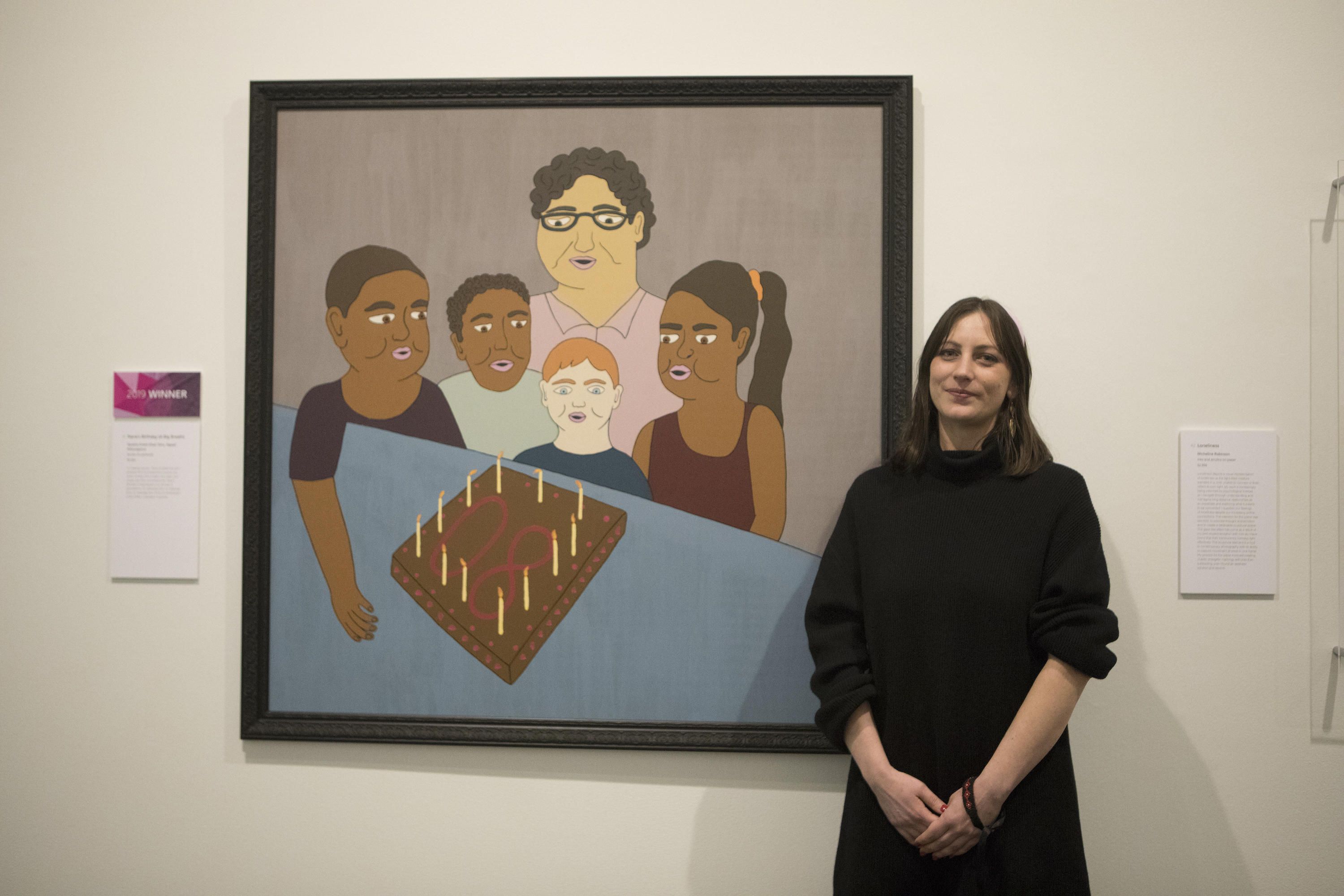
Last year's National Contemporary Art Award winner Ayesha Green.
With galleries, libraries, archives and museums finally allowed to reopen, I discussed the complexities of this with Kathryn Ryan on RNZ. When galleries will reopen varies significantly nationwide, often depending on the local authorities. On Saturday, Te Papa’s Courtney Johnston confirmed their commitment to reopening within two weeks of the country going to Level Two.
Late on Tuesday, Regional Facilities Auckland announced a progressive reopening of facilities, with stadiums first, and that the Auckland Art gallery would reopen late June - this surely by anyone’s perspective is a long time, but something the gallery have assured me was a decision not taken lightly in getting everything in place. However, Te Uru public gallery in Waitakere reopens on Friday, another public Auckland gallery Objectspace’s is back in business from Tuesday 26 May and Christchurch City Council have confirmed their art gallery (a similar size to Auckland Art Gallery) opens alongside libraries tomorrow, Friday.
Meanwhile, what’s not to love about the last line in this Stuff report regarding Hamilton on Friday? “The Waikato Museum and the city's cemeteries will also reopen.”
Speaking of the Waikato. It’s a sad affair: the 20th year of the National Contemporary Art Awards has been cancelled. Waikato Museum has cited “low entry numbers, the inability to extend the entry timetable, and doubts over exhibition staging and standards of COVID-19 social restrictions” as part of the reason.
Yet it must be asked whether the museum really did enough to promote the award this year - surely something it had far more time to do without a museum to run? Here’s a 20 April NZ Herald story announcing Karl Chitham, Director of The Dowse Art Museum as judge - but that came just three weeks out from the 13 May deadline. The museum has confirmed the sponsors and judge Karl Chitham will all return in 2021, and that they are considering running a ‘retrospective’ to celebrate the Award’s first 20 years – here’s a survey of sorts Megan Dunn and I put together last year on the awards for The Spinoff.
In better art museum news, the Wanganui Chronicle reports construction on the extension to the Sarjeant Gallery has started, and things remain on schedule. Regional Economic Development Minister Shane Jones (the Provincial Growth Fund has contributed $12 million) made the announcement as a mauri stone was laid by local iwi.
Last week we reported on the shock news of the departure of the Govett-Brewster Art Gallery directors who started but a year ago. This week a new deputy director has been announced (Taranaki Herald story here), Antony Rhodes, whose background is in marketing and comms with the arts, Taranaki tourism and in government under Helen Clark.
The Govett-Brewster and twinned Len Lye Centre, however, are also one of the first signs that the arts can be a casualty rather than a tourism champion in these times. The New Plymouth District Council voted last week to reduce the gallery’s funding by $400,000 to help pay for a feasibility study into expanding the wastewater reticulation network and to accelerate Waitara stormwater work rather than inflict a rates rise on residents. The gallery receives somewhere near five million in council funding, and the Len Lye Centre was reported in 2017 to add $74 million to the New Plymouth economy.
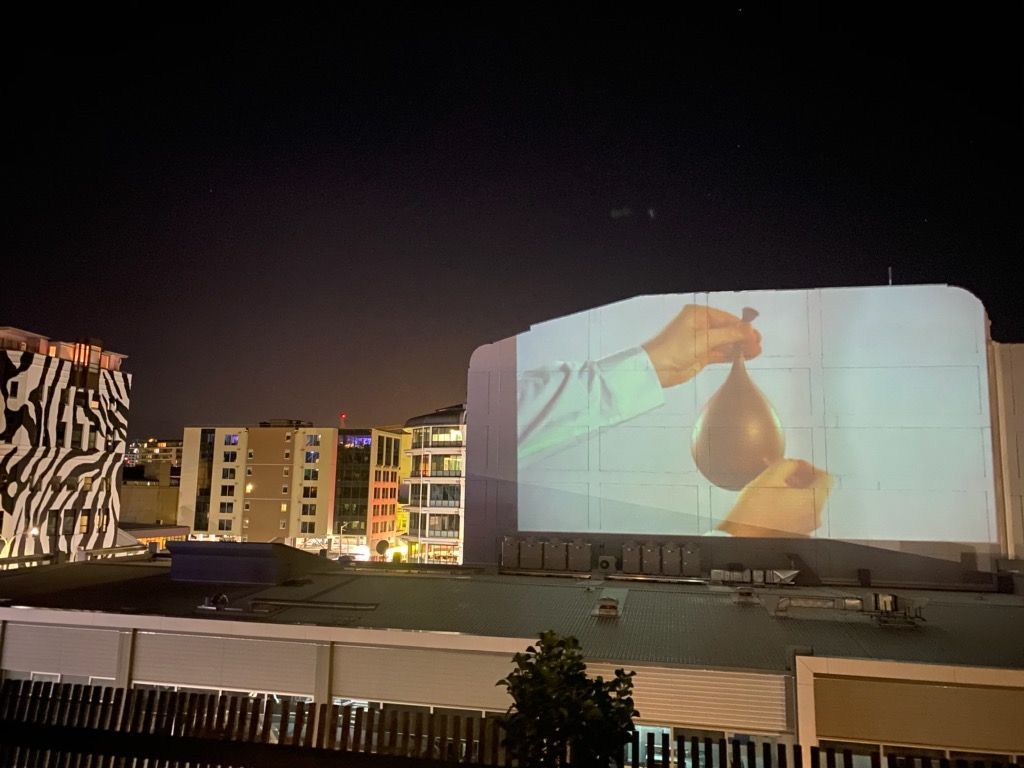
Steve Carr from Screen Shots (Zig Zag) 2011 on the #TSPUNMIAW: Tennyson Street Pop Up Neighbourhood Moving Image Art Wall.
Not all public gallery curators could wait for reopening to get curating again. Pataka director Reuben Friend and his wife Courtney Johnston, Te Papa CEO, quietly launched the #TSPUNMIAW: Tennyson Street Pop Up Neighbourhood Moving Image Art Wall during lockdown.
They started showing moving image works up super big on the building across from their apartment as a fun, “somewhat subversive guerrilla-style tactic” to bring art back into Wellington. Artists have included Reuben Paterson, Yuki Kihara, Brydee Rood, Murray Hewitt, Rangituhia Hollis and Tanu Gago.
“The “stay-in” outdoor movie feel,” recounts Friend to me, “has had people peeking out their apartment windows (those awake long enough to witness the late-night screenings) and walking out onto their balconies to join in on some fun, yet socially responsible, spaced out gathering. Steve Carr’s Watermelon (which features a watermelon being wrapped in rubber bands until it explodes) delighted one of our neighbours whose husband, who had counted to 100 rubber bands before losing count, gave the most hearteningly, rewarding comment when she said to her hubby, ‘I think it’s art, dear!’”
Lingering Racism in the Arts
It’s the story that never dies, and one that shows we remain slow to learn what is culturally appropriate. Auckland painter Samantha Payne has been brought to task for her portrayal of two Māori women with tā moko with no permission or acknowledgement of them. You could call these images of empowerment, as she did, or as about making money out of being an artist, as others have. Here’s a TVNZ story.
Payne on her website artdevine has issued a strong apology: “My intention when painting has always been to capture a spirit or an energy in a subject matter whether that is an animal, a place or a cultural representation. I did not seek permission to paint these beautiful women and that is inexcusable and ethically wrong… There is a responsibility on artists to understand the importance of a tradition that they are representing. I still believe that art can educate and celebrate the beauty and journey within different cultures and I will continue to paint. However, I will take the time to emotionally connect with the person, paint with full consent and continue with my education.”
Payne’s apology is great to see, but the whole incident does highlight the trap of cultural fetishism that still occurs commercially. After all, when it came to consent, when Payne portrayed All Black captain Ritchie McCaw (as pictured on her website) she even got him to sign the work.
Speaking of racism being undone: “To be invisible in this world is to have your stories erased or reduced to the margins,” writes Karen Tay in the Sunday Magazine,”which is how it's largely been for many generations of Chinese immigrants to New Zealand.”
Tay’s piece is a reflection of the strength and diversity of Asian New Zealand voices coming out in our literature. Rose Lu, Renee Liang, Chris Tse, Gregory Kan are all interviewed. In the piece, VUP editor Fergus Barrowman acknowledges the industry has been "slow to understand" that perhaps it has not done quite enough over the years to support Asian writers, and that there need to be "more active mechanisms" in place.
Performing Arts Step Up and Out
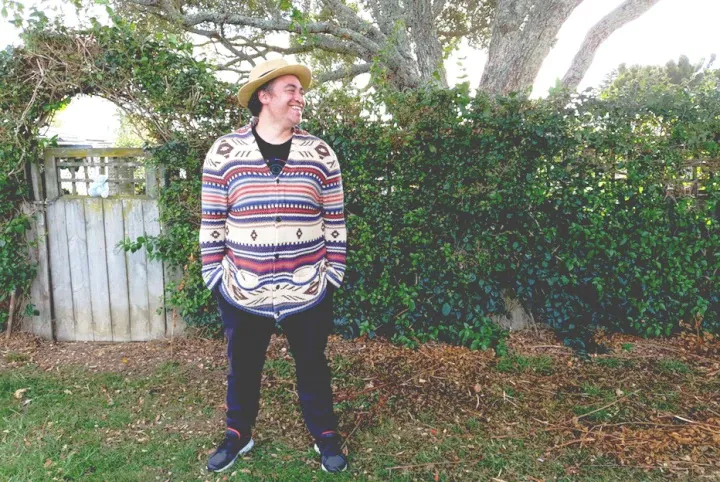
Te Pou Director Tainui Takiwaho.
Here’s a great wee story from the Manawatu Standard on Palmerston North's Globe Theatre, and it’s new manager Gerry Keating. It’s a 200-seat community theatre with a second, flexible 100-seat theatre, which recently raised funding for an $85,000 lighting upgrade. As Keating notes in terms of hireage during level two: "You can't charge full price for a 200-seat theatre if you are only going to use half of the seats."
New Tempo Dance Festival director Cat Ruka has announced that the Auckland festival this year is going digital, extending out online over May to December. This should be an interesting space to watch. On the invaluable Facebook group ‘AA(e)-C(19)C - Aotearoa Arts and Events during the COVID-19 Crisis’ Ruka writes: “For me, creating digital platforms for our festival has become a decolonising act that has opened up a fairer distribution of opportunity amongst independent artists, and has destabilised the hierarchy/competitiveness/elitism that has embedded itself, over time, within theatre culture.”
Another new approach announced this week is from Auckland home of Māori theatre, Te Pou, who have announced a Front Yard Festival for isolated people, where you can book a performance to come to you. A great way to highlight this virus ain't over: they’re currently welcoming registrations from aged care facilities and organisations working with vulnerable people who are ill or immunocompromised.
Big changes in the music scene
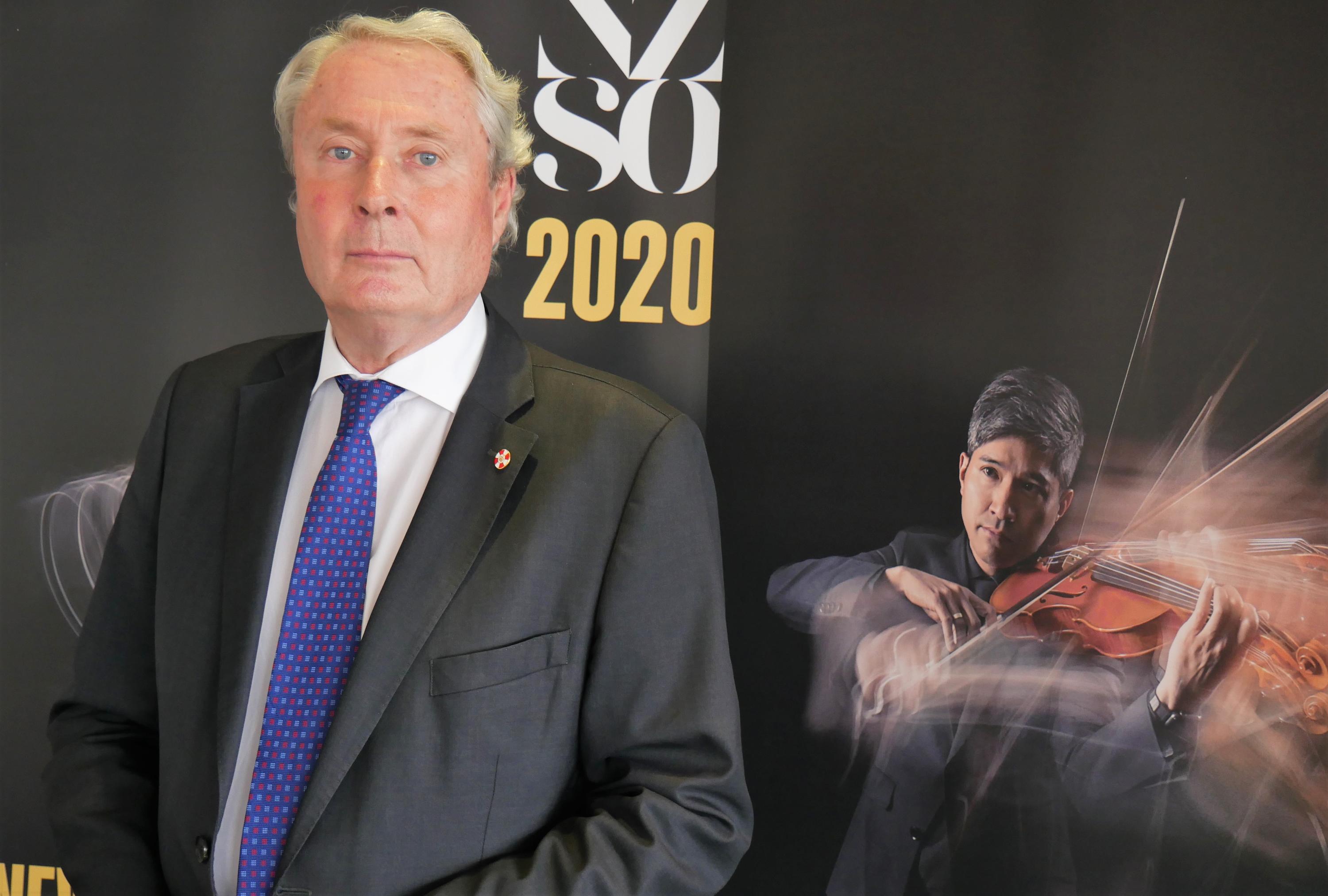
Peter Biggs has been confirmed as the CEO of NZSO after working in an interim capacity. Photo: NZSO.
The most international of our scenes is music, so that means big changes for music festivals and venues. “For the first time we’re confronting looking inwards and I think that’s a great thing because we do have a lot of creativity here," says Splore director John Minty in this interesting Stuff story on opportunities for festivals and musicians ahead.
Right now we’re streaming but how many are watching? Some musicians have done it well - most memorably for me Tiny Ruins, whose weekly lockdown performances (you can still see on her Facebook video page) gained up to 10,000 viewers each worldwide.
And when it comes to classical music, the Auckland Philharmonia Orchestra has reported that over one million people from 44 countries have viewed their weekly Thursday evening live streams. Incredible. The orchestra note they have been live-streaming their concerts for years, so clearly had an edge.
Naturally, this led me to give the New Zealand Symphony Orchestra a call, who have also been very present online with some 20 performances since March 25.
The NZSO have confirmed they will continue to premiere new performances online in the coming weeks, with the move to Alert Level 2 giving them the opportunity for players to perform together on the same stage and be streamed. As new CEO Peter Bigg’s notes on RNZ’s Morning Report with 90 players on stage, there isn’t much audience left out of the 100 people in a theatre level 2 rule, but as I write it’s been clarified that in fact that the 100 doesn’t include ‘staff’ i.e. players. Some curious rules are still being clarified.
A Week of Extraordinary Online Content
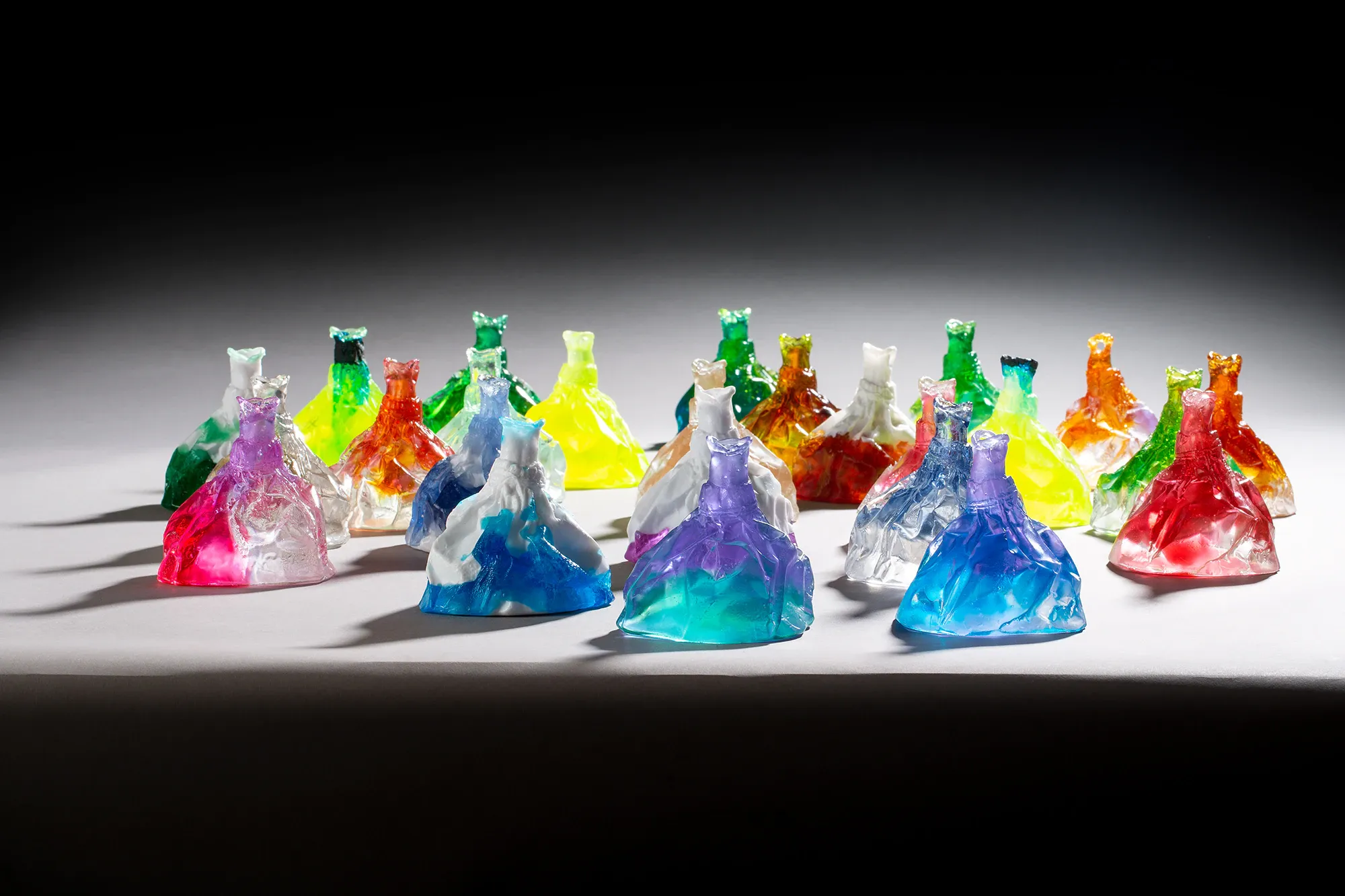
Carmen Simmonds ‘Lollie Frocks.’
For Dame Robin White, ”being an artist is not what you do, it’s who you are”, she tells the Wairarapa Times-Age in this inspiring feature. The story also records that White is preparing a set of large bark cloth works for an exhibition at the Art Gallery of New South Wales responding to Matisse. The show also features new work from Australian based New Zealand artist Angela Tiatia.
Web platform The Pantograph Punch have been impressive with initiatives over lockdown and the latest launched is Artist in Residence, ten 15-minute audio performances with artists across theatre, music, poetry and dance asked to help us as we move out of isolation. The first was great for walking to, with poet and taonga pūoro player Ruby Solly, and the second is with Sarah Sproull-Foster which she asks you to “listen to in a corridor, with a little space to move”.
Sproull-Foster and whānau have also been a great feature among many in Creative New Zealand’s smart advocacy campaign, #ThankfulForArt. Featuring a swag of great artists allowed to lead creatively, the numbers of their videos tell the success story: Foster-Sproull’s ‘Dancing in Your Room’ for example getting 65,300 views and counting.
Glass artist Kate Cornwall in Ohakune with group GAINZ: Glass Artists in New Zealand, has launched Isolation Creations - an online exhibition of art by glass artists, created during lockdown. The GAINZ website and attendant Facebook discussion group are, says Cornwall “dedicated to filling a gap felt by many glass artists in NZ... we aim to foster community, communication and the sharing of information and support.”
Finally, one more in-depth review of an experience of the recent Sydney Biennale, Nirin on Circuit, by Moya Lawson. In Lawson’s last paragraph she raises questions about the work to continue to present the biennale online.
